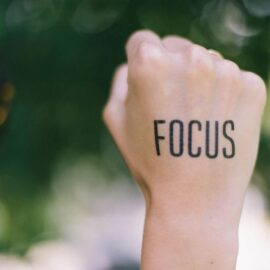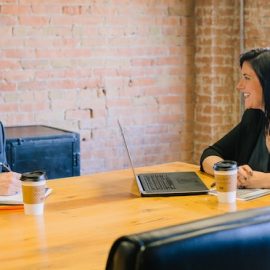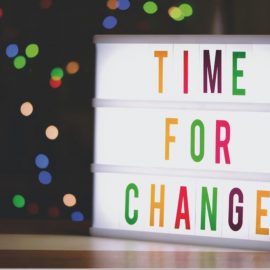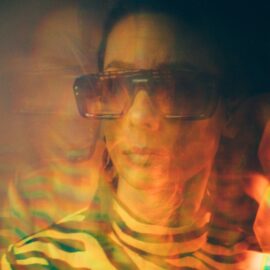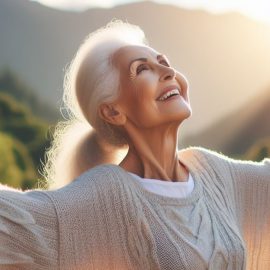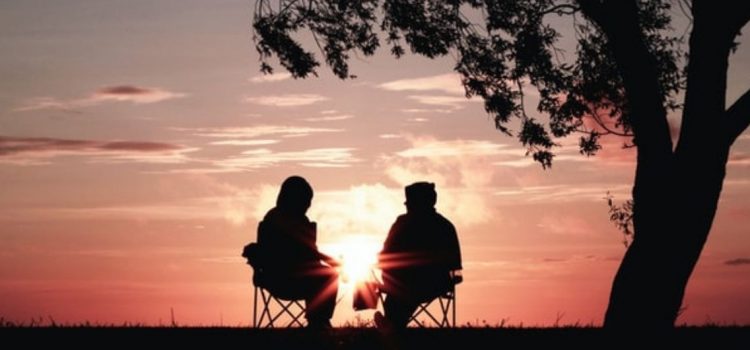
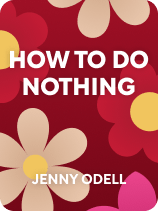
This article is an excerpt from the Shortform book guide to "How to Do Nothing" by Jenny Odell. Shortform has the world's best summaries and analyses of books you should be reading.
Like this article? Sign up for a free trial here.
What do you do with your free time? Are you in dire need of getting some free time?
Jenny Odell says that the attention economy of modern society makes you constantly feel pushed to be productive. She shows how you can “do nothing” to take back control of your life and engage with the world in a deeper, more satisfying way.
Read on to get Odell’s practical advice for how to spend leisure time and connect with the world around you in a way that heals.
How to Spend Leisure Time
Odell suggests changing how you use your time. Specifically, she argues you should devote time to familiarizing yourself with and connecting to the world around you. Odell’s advice for how to spend leisure time consists of three recommendations. She says you can put your time to good use by exploring your environment, learning about local history, and getting to know your neighbors.
(Shortform note: In addition to changing how you use time, you can also have a positive impact on your life by changing how you think about time. In How to Stop Worrying and Start Living, Dale Carnegie explains that devoting your focus and energy to the present moment will reduce your anxiety. This is because when you think too much about past or future worries, you’re adding those stresses to the stresses of the present—the burden of which can strain your mind and cloud your thinking.)
1. Explore Your Environment
First, Odell advises you to do nothing by taking the time to explore the natural environment. This adds depth and context to your life in two ways:
- When you learn about your natural environment, you see it in a deeper way—instead of just seeing “a bird” or “a plant,” you’ll recognize specific species and what makes them unique, interesting, and worth preserving.
- Learning about your natural environment also helps you see yourself as part of a larger bioregion or ecological area, instead of as an individual disconnected from the natural world.
Exploring your environment could mean walking around in nature, but it doesn’t have to—even if you live in a city, you can still take time to discover what kinds of flora and fauna live around you and are native to the area.
(Shortform note: Odell argues on behalf of bioregionalism, or the belief that politics, society, and the economy should be defined by bioregions, or areas defined geographically and ecologically. Bioregionalists argue that if societies are organized around local bioregions, people will no longer be able to ignore the consequences of unsustainable exploitation—the signs will be all around. Examples of bioregional institutions might include a cuisine based on what grows and lives in the area, an economy based around sustainably harvesting natural resources from the region, and laws designed to protect the unique circumstances of the region’s ecosystem.)
2. Learn Local History
You can connect with the world around you by learning the history of your city, town, or neighborhood, Odell says. As with exploring the natural world, learning local history allows you to gain a new appreciation for where you live and what makes it unique and worth preserving. It also contextualizes you as a part of that history, causing you to think about how you impact your community and how you can contribute to or connect with it.
| Resources for Learning Local History Odell doesn’t explore in depth how to learn about your local history. Here are some resources you can use to begin your research: • Search for local historic sites, memorials, and museums, as these locations often provide insight into past events. The National Register of Historic Places can help with this. • Find local historical societies or preservation societies—they have useful information and experts who can help you in your search. • Check out archives of newspaper articles, legal records, or historic maps. These archives can often be found online or at your local library. |
3. Get to Know Your Neighbors
Finally, Odell recommends taking time to get to know your neighbors. This allows you to become a part of a local community, even one as small as your apartment building or block, which in turn helps prevent atomization. As well as making you less lonely, knowing your neighbors makes it easier for you to organize around important issues and support one another. This could mean something as simple as knowing someone who’ll lend you a cup of sugar or as complex as having a group of tenants who can collectively pressure their landlord to make a much-needed repair.
| Advice on Getting to Know Your Neighbors Since we’re often so disconnected from our neighbors, it can be difficult to know how to integrate yourself into your community. Here’s some practical advice for getting started on this process: • Volunteer for a cause you care about, showing up in person rather than just sending a check. • Join local community interest groups like a tenants’ union, homeowners’ association, or committee on a local issue. • Participate in groups based on your interests—a local sports league, community theater, or art class, for example. Your local recreation department or public library can be a good place to start this search. |
Exercise: Do Nothing
Consider how you can implement Odell’s approach to doing nothing—leaving behind the attention economy mindset and changing how you use attention and time.
- According to Odell, under the attention economy, we feel pressured to use our time efficiently and productively. Are there areas in your life in particular where you feel this pressure? For example, maybe you paint as a hobby but feel like you should be making money off of your art.
- Odell argues that, to resist the attention economy, you can devote your time and attention to connecting with the world around you. How can you use the area of your life mentioned above to connect with the world? For example, maybe you could start painting local nature scenes or join an art class.

———End of Preview———
Like what you just read? Read the rest of the world's best book summary and analysis of Jenny Odell's "How to Do Nothing" at Shortform.
Here's what you'll find in our full How to Do Nothing summary:
- Why we always feel the need to be doing something
- Why you should devote time to non-productive activities
- How to engage with the world in a deeper, more satisfying way

